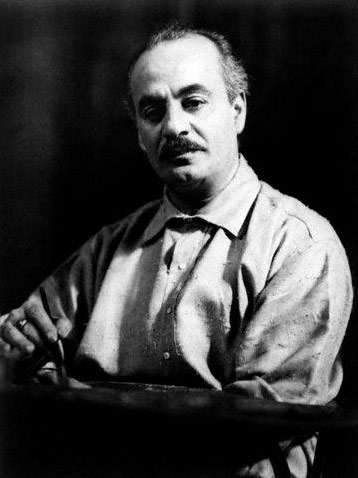Renowned Arab-American poet and visual artist Kahlil Gibran is recognized for his evocative human condition poem ‘The Prophet‘, which is also among the most-recited poems in Arab literature.
Kahlil Gibran’s style of writing focused on freedom, spiritual thinking, and the mythological symbolism criteria.
Although most of Gibran's early writings had been in Arabic, most of his work published after 1918 was in English.
Such was (The Madman), Gibran's first book published by Alfred A. Knopf in 1918. The Processions (in Arabic) and Twenty Drawings were published the following year.
On this day 1883, Gibran was born in the village of Bsharri in the Mount Lebanon Mutasarrifate, Lebanon.
The emigrant poet, who grew up in Boston, America, entered the Josiah Quincy School on September 30, 1895. School officials placed him in a special class for immigrants to learn English.
Later, the young student enrolled in an art school at Denison House, a nearby settlement house.
During his childhood, he preferred to focus his energy on writing and drawing rather than playing any game.
He started learning poems at an early age. At the age of 15, Gibran decided to return to Lebanon to study Arabic literature for three years at the Collège de la Sagesse, a Maronite-run institute in Beirut, also learning French.
While he was a young man, his poem titled A Profile of the Art of Music, in Arabic was published, by Al-Mohajer's printing department in New York, and later in the Arab world in 1905. His next work, Nymphs of the Valley, was published the following year, also in Arabic.
Through his seminal works, he spoke about religion, justice, science, love, happiness, the soul, the body, death, and free will, which makes them relevant even in today’s times.
According to critics, Gibran used poetry as a medium to inspire people to be more critical thinkers.
His collections of poems include Sand and Foam, The Garden of the Prophet, The Forerunner, and the Son of Man in 1928.
In addition to this, the legendary poet and artist created more than seven hundred visual artworks, including the Temple of Art portrait series, Comforting Angel, Comforting Angel, Medusa, and Charlotte Teller.
In 1920, he re-created the Arabic-language New York Pen League with Arida and Haddad (its original founders), Rihani, Naimy, and other Mahjari writers such as Elia Abu Madi.
In 1931, the iconic poet passed away at the age of 48 due to enlarged liver disease.













